
[ad_1]
Sparsh, an initiative by Asian Paints and St+artwork Basis, is reworking Jaipur’s Rajasthan Netraheen Kalyan Sangh Institute into a spot the place visually impaired kids can recognize artwork.
This text has been sponsored by Asian Paints
A gaggle of scholars stand in entrance of a seven-foot wall contained in the prayer corridor on the Rajasthan Netraheen Kalyan Sangh Faculty in Jaipur. There’s an simple enthusiasm amongst them as they focus on the paintings sprawled out on it. The room, which was as soon as solely a spot for assemblies, has now taken on a brand new avatar.
At first look, the scholars seem like marvelling at what they see. However a better look will reveal they’re blind. The artwork in entrance of them should thus assume a ‘tactile’ kind.
It suffices to say that the artwork is novel in its creation. For one, it beckons the scholars to the touch it to grasp it, thus disrupting the standard notion that artwork must be appreciated from a distance. For an additional, it acts as a medium for the youngsters to delve deeper into the tradition of their state.
Bringing this to fruition is a venture ‘Sparsh’, an initiative launched by Asian Paints and the St+artwork India Basis — a platform that contributes to city regeneration and neighborhood dwelling via modern city artwork tasks. The venture is rooted in the truth that artwork connects folks via ideas and emotions that can not be expressed.
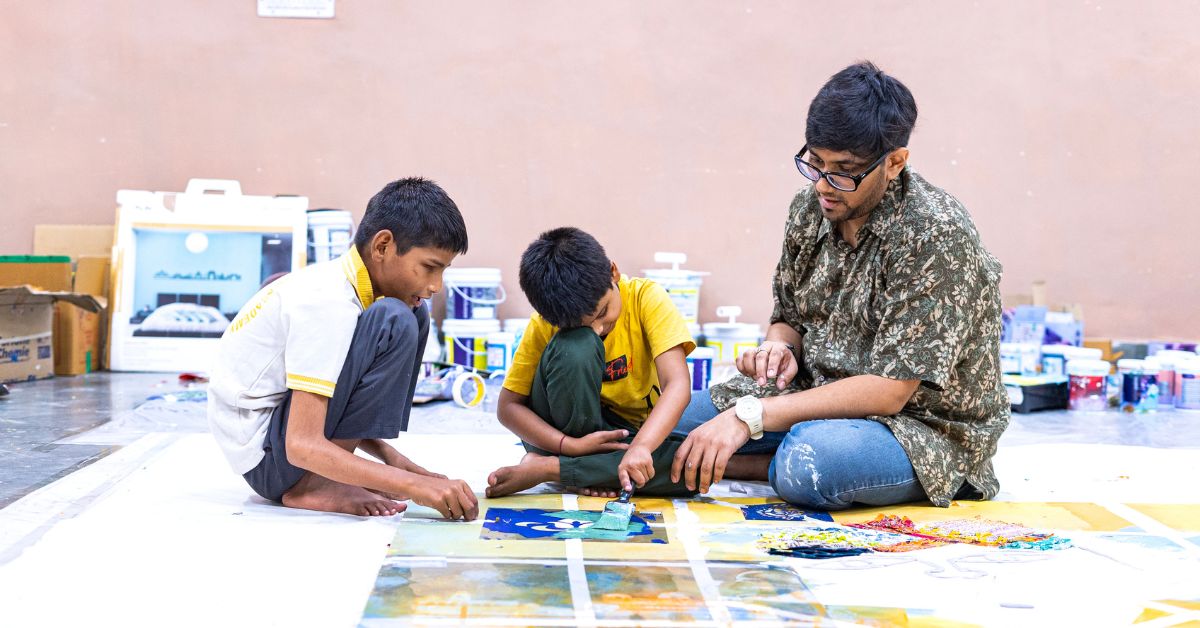
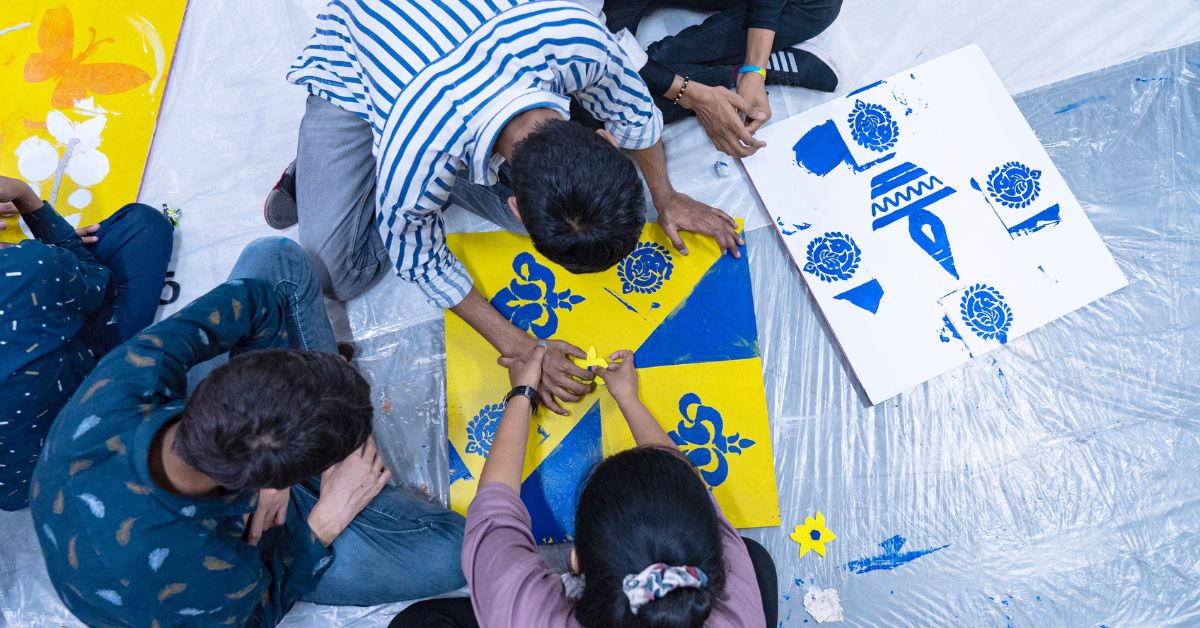
Strokes of inclusivity
Why ought to a incapacity are available the way in which of having fun with artwork to the fullest?
It’s this thought that provoked Asian Paints and St+artwork to start pondering alongside the strains of bringing inclusivity into artwork.
Collectively, they’ve introduced this concept of ‘tangible artwork’ to life to allow blind kids to expertise their tradition from an entire new perspective. By means of Sparsh, the purpose is to broaden their younger minds to new methods of experiencing artwork whereas sharing their pleasure within the vibrant and cultural heritage of Rajasthan, on which the designs of the murals are based mostly.
Giulia Ambrogi, a up to date artwork curator and co-founder of St+artwork India Basis, traces the conceptualisation of this distinctive initiative to the pandemic. “We started introducing artwork into settings the place it might carry hope. For example, one in every of our tasks was at a paediatric hospital in Noida. We realised artwork’s potential to transcend the language barrier to unite folks.”
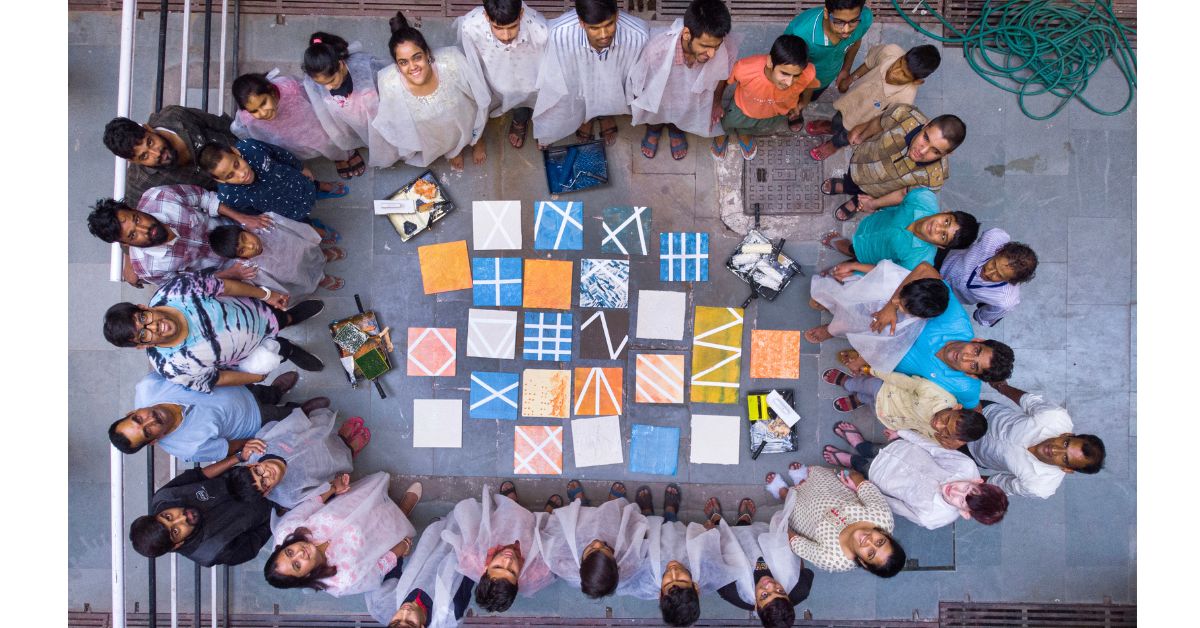
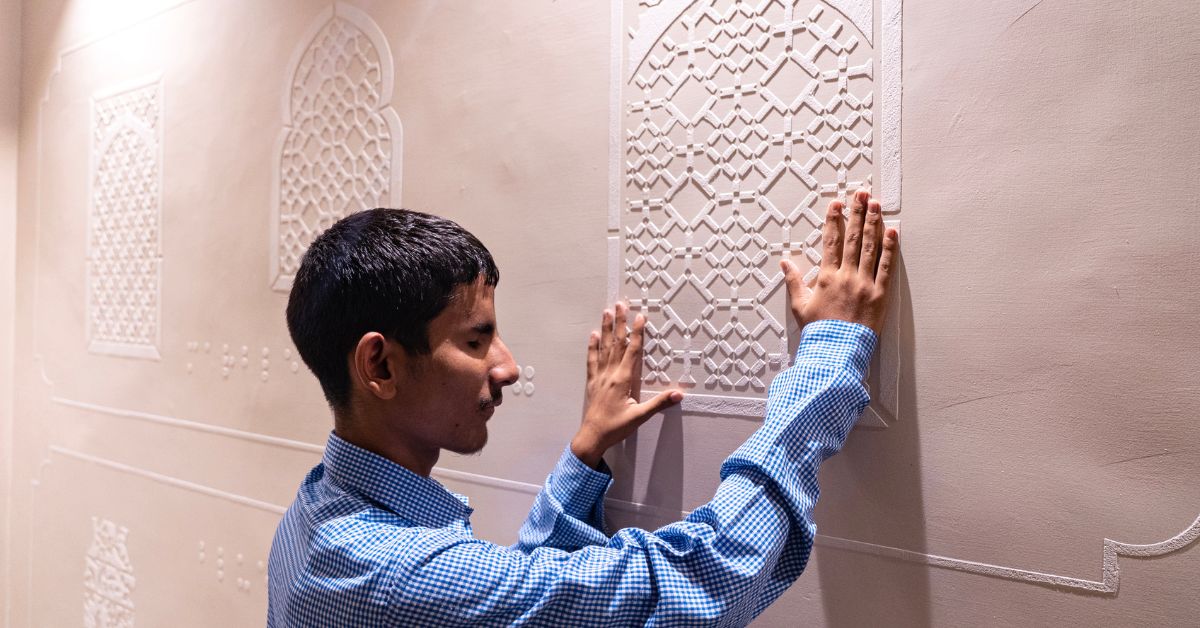

This was what prodded the group to start pondering of introducing artwork right into a extra inclusive area. And so they say the Rajasthan Netraheen Kalyan Sangh was ultimate to champion this trigger. Since 1968, the organisation has been working with blind individuals to create an setting for college students to excel at schooling together with gaining important life abilities.
It’s this quest for holistic improvement that drew the St+artwork India Basis to it, and Venture Sparsh was able to take off.
Really feel to consider
The purpose of the initiative was to allow the youngsters to “work together” with the artwork. Right here’s the place the gorgeous vary of colors and textures by Asian Paints stepped in.
By means of superb strokes of paint and texture which can be equally wealthy, a compelling story has been put collectively within the prayer corridor of the varsity — one which conveys the legacy of Rajasthani tradition. The feeling of tactility is achieved via the Royale Play vary of textured paints from Asian Paints, which turns easy surfaces into tactile language that the scholars can contact and really feel.
These textured paints add a brand new dimension and redefine the artwork, says Amit Syngle, MD & CEO, Asian Paints Ltd. “At Asian Paints, we leverage artwork and creativity to foster inclusivity amongst folks. Sparsh is a illustration of our values of empathy and the spirit of creativity. This initiative goals to carry pleasure and inspiration to visually impaired college students via contact and really feel. The murals narrate fascinating tales, from the wealthy heritage of Rajasthan to the indomitable spirit of Helen Keller and are accessible to all, particularly individuals who understand the world in a different way from us. Along with St+artwork India Basis, the Sparsh initiative stands as a testomony to our dedication to #ArtForAll.”
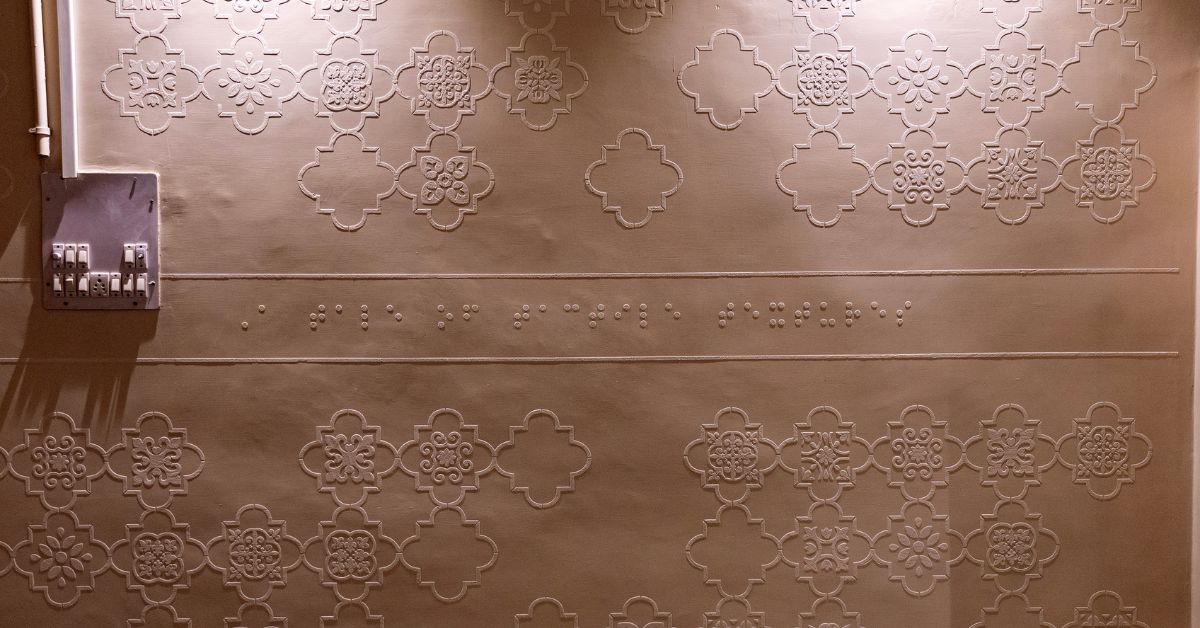
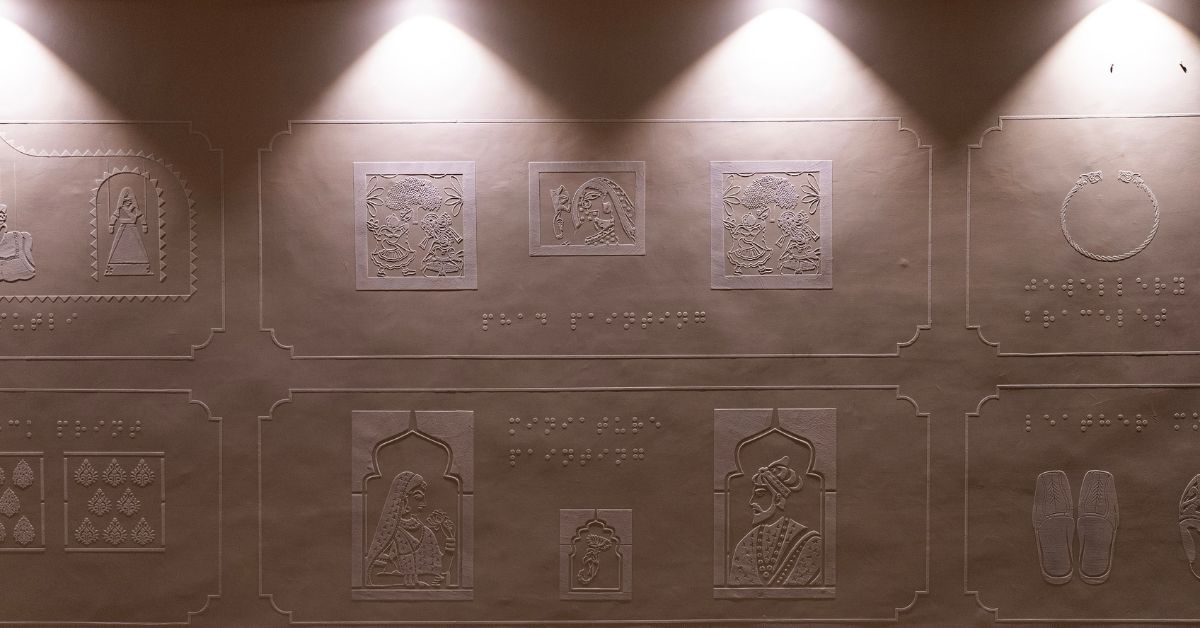
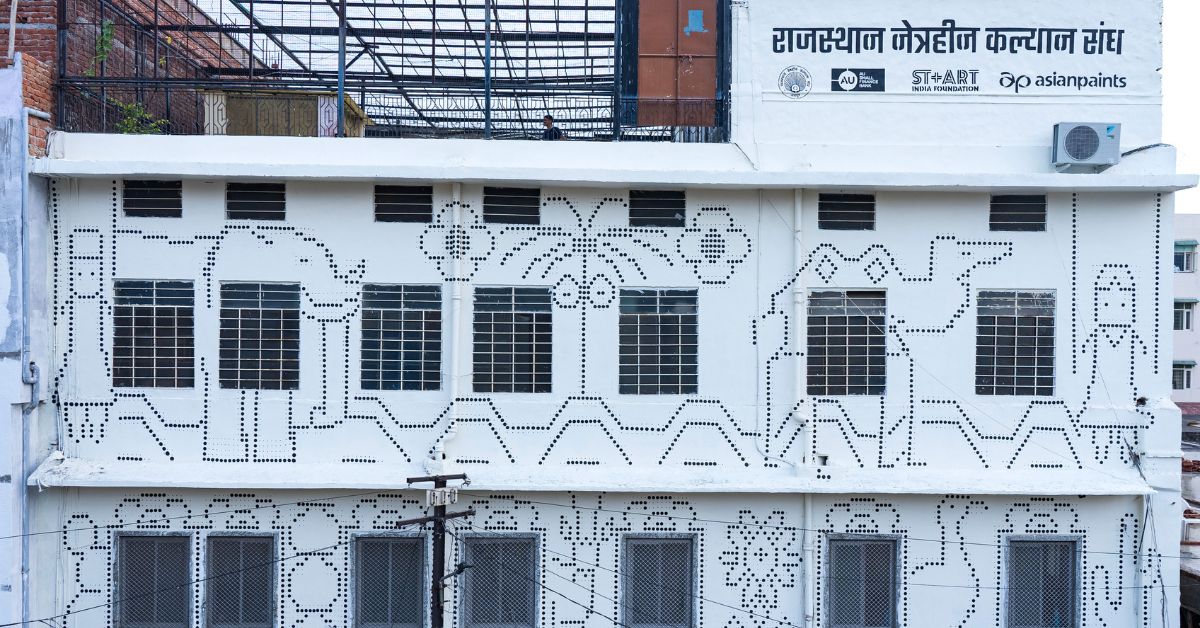
However what captivated each particular person on the group was the youngsters’s response to the tactile artwork. Their pleasure at studying and experiencing extra about their tradition was evident.
However the wall is just one a part of the canvas.
If you happen to head exterior, you’ll see big artwork murals the place bandhej (a dye-textile kind centric to Rajasthan) is mixed with braille. The duo is an try at making a tangible and highly effective assertion of ‘inclusivity’. Along with this, the mural being crafted within the fashion of Rajasthani artisans permits the scholars to expertise a way of pleasure and belonging.
In the meantime, the indoor artwork museum lets Rajasthan’s marvellous artisanal works — kathputli, blue pottery and carpet making — have their second.
An artwork workshop in shut quarters options the artworks created by the scholars in the course of the Sparsh initiative. That is accompanied by the braille textual content in order that the youngsters can really feel the visuals and concurrently examine it.
Foraying into this new territory of bringing inclusivity into artwork was not straightforward. There have been many new roads to navigate.
“It’s because there’s a entire spectrum of issues which we understand as regular, however are inaccessible to blind individuals. However, that’s the place the textures performed a task,” says Giulia, who shares what an “educative expertise” it has been for all of the people concerned within the venture. “The venture required us to ask a whole lot of questions and actually break via what we knew,” she provides.
Every one that was part of Venture Sparsh testifies that it reaffirmed the assumption that artwork is a common language, talking to every particular person’s senses and experiences.
Edited by Pranita Bhat.
[ad_2]